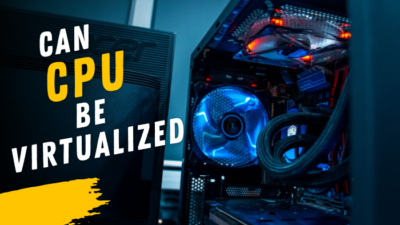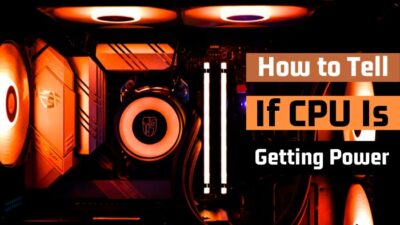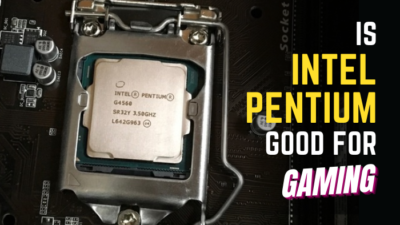The processor is in charge of processing commands and computation for the computer. The more powerful the Processor, the quicker the system can accomplish these activities.
But what if a system has multiple CPUs? Can it boost its computing power even further?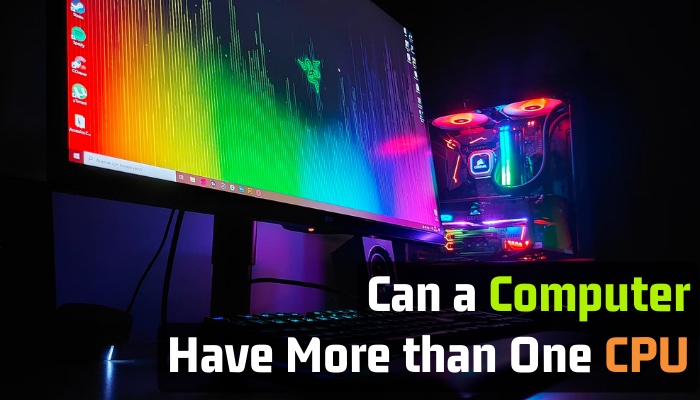
In this article, I’ll explain the idea of having many Processors in a computer system.
Let’s get started.
Can a Computer Have More than One CPU?
Yes, a PC can have more than one processor (CPU). These are also known as multicore processors. The computer shares the job of running all the applications on your processor. The more CPUs you possess, the more workload you can divide between them.
A system can contain more than one Processor. A CPU can contain multiple cores, and allow the computer to execute numerous instructions at the same time.
The most common way to have multiple Processors in a system is to use a multicore CPU. A multicore CPU is a single chip with numerous Cores on it. Each core in the chip can execute commands separately.
Another technique to have numerous CPUs on a desktop is to use multiple physical CPUs. This type of computer signifies that the system contains many Processors, each on its chip.
These processors are linked together by a special high-speed connection. This high connection system enables them to interact with one another at high speed. This kind of setup is known as a multiprocessor system.
How Many CPUs Can a Computer Have?
A desktop computer typically has one CPU that supports up to 64 cores. However, a server computer can accommodate 1/2/4/8/16/32 CPU sockets. One CPU can run on a 1-socket server, while four processors can run simultaneously on a 4-socket server.
In the earliest days of computing, most computers featured only one CPU. A single CPU was enough for most operations during the period.
However, as computing technology has improved, so has the demand for additional processing capacity, and hence the amount of CPUs that computers can have.
The motherboard, which works as the primary embedded system that links all the PC’s components, usually decides how many CPUs a system can have. The maximum number of CPUs that the motherboard can support varies based on the motherboard’s make and model.
The number of CPUs on particular high-end gaming or professional systems can reach four or even eight. These computers are for computationally intensive tasks such as 3D modeling, video editing, and scientific simulations.
A server computer can have as many as 1/2/4/8/16/32 CPU sockets. A 4-socket server can support four processors, while a 16-socket server can support 16 processors operating concurrently.
If you’re unsure about the total numbers of cores in the processor, you can check the total cores count through our article.
What is a Multiprocessor Motherboard?
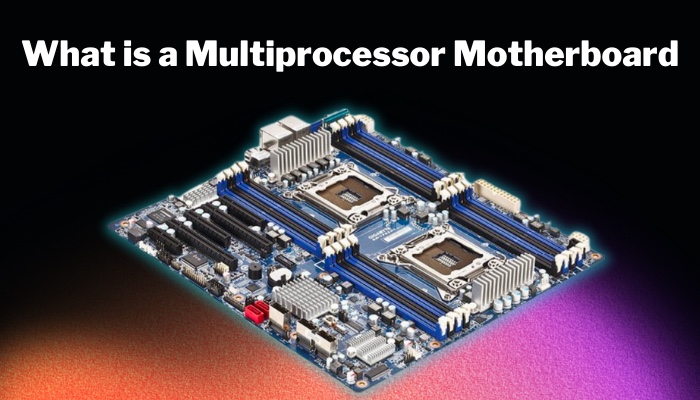 A multiprocessor board is a PC motherboard that can accommodate two or more processors. These multiprocessors imply that the motherboard can run many Processors concurrently, allowing for improved computation power and speed of the workload.
A multiprocessor board is a PC motherboard that can accommodate two or more processors. These multiprocessors imply that the motherboard can run many Processors concurrently, allowing for improved computation power and speed of the workload.
A multiprocessor motherboard permits numerous Processors to work in sequence, each executing a separate part of the same task.
A bus is a high-speed data channel linking the Processor to the other components of the system. This data channel connects the motherboard to every Processor. Each Processor uses its cache memory, and accessibility to internal memory and other assets is shared.
The OS must accommodate multiprocessor systems, allowing it to distribute duties among the many CPUs.
This multiprocessor enables more advanced computational resource utilization and improved overall system efficiency.
What are the Benefits of More than One CPU?
A Processor with multiple cores may outperform a single-core Processor of the same performance. Another advantage of a computer with numerous CPUs is that it can easily handle high workloads like simulations or calculating large equations.
Performance improvement is among the significant advantages of having several CPUs. Several Processors can divide the burden, resulting in a fast and more effective computer.
When executing a program that demands a lot of processing power, many CPUs may handle the workload far more effectively than a single Processor.
This multiprocessor is particularly true for applications requiring processing power, such as visual encoding or research simulations.
Another advantage of having many Processors has enhanced reliability. If one of the Processors fails, the other processors can still operate, guaranteeing that the system remains operational.
This backup system is especially vital for mission-critical devices or databases, where interruption can be expensive or even harmful.
How to Use Two Processors in One PC
Before using two Processors in one computer, users must purchase a motherboard that supports two processors. Then, users must carefully install processors one at a time in the motherboard. They must enable dual processor support in their motherboard BIOS.
The first stage in configuring a two-processor arrangement is to check that your motherboard is dual-processor compatible.
Not all motherboards accept twin CPUs, so verify the literature or characteristics of your motherboard to determine if it can support two Processors.
To ease your job, I’ve sorted the best dual CPU motherboard, and you can check the best one for your budget and task.
After determining that your motherboard can handle dual CPUs, you’ll need to buy a second CPU. Ensure to get a CPU that is appropriate for your current Processor, as you will need to put the same kind of Central processing unit in the additional socket.
After adding the additional CPU and attaching the power source, you must enable multiprocessor functionality in the computer’s BIOS.
The dual motherboards are more expensive than the average motherboard, and require specific processors and components. So make sure to purchase the right ones for your task.
Conclusion
A computer can contain many CPUs, which improves performance and reliability. The most common way of having multiple CPUs is using a multicore processor. Users also can use more than one physical processor in a multiprocessor system.
The demand for faster computing capacity is constantly growing. Multiple CPUs are likely to become increasingly common in the future.
If you have anything in mind, feel free to comment below.

